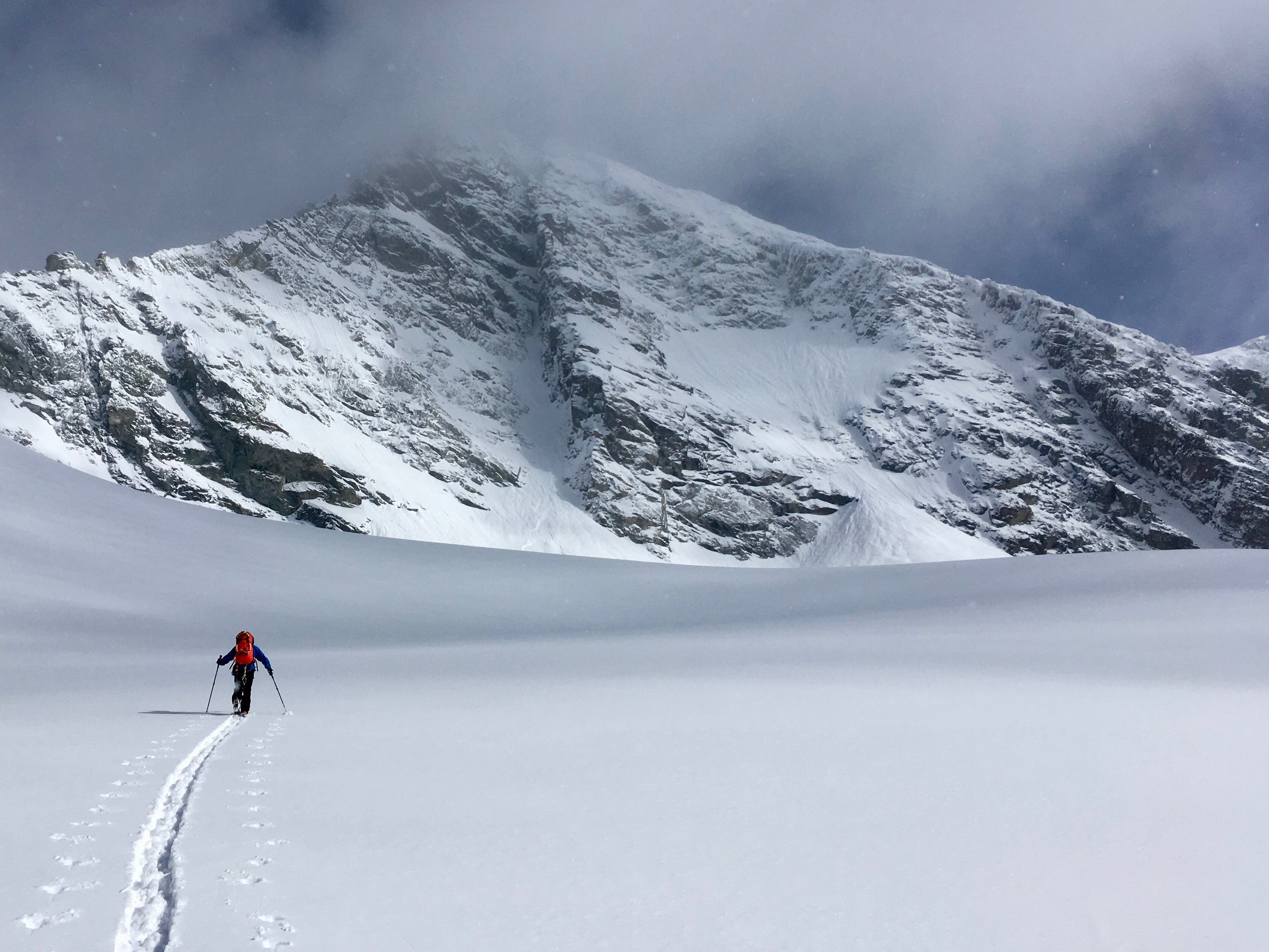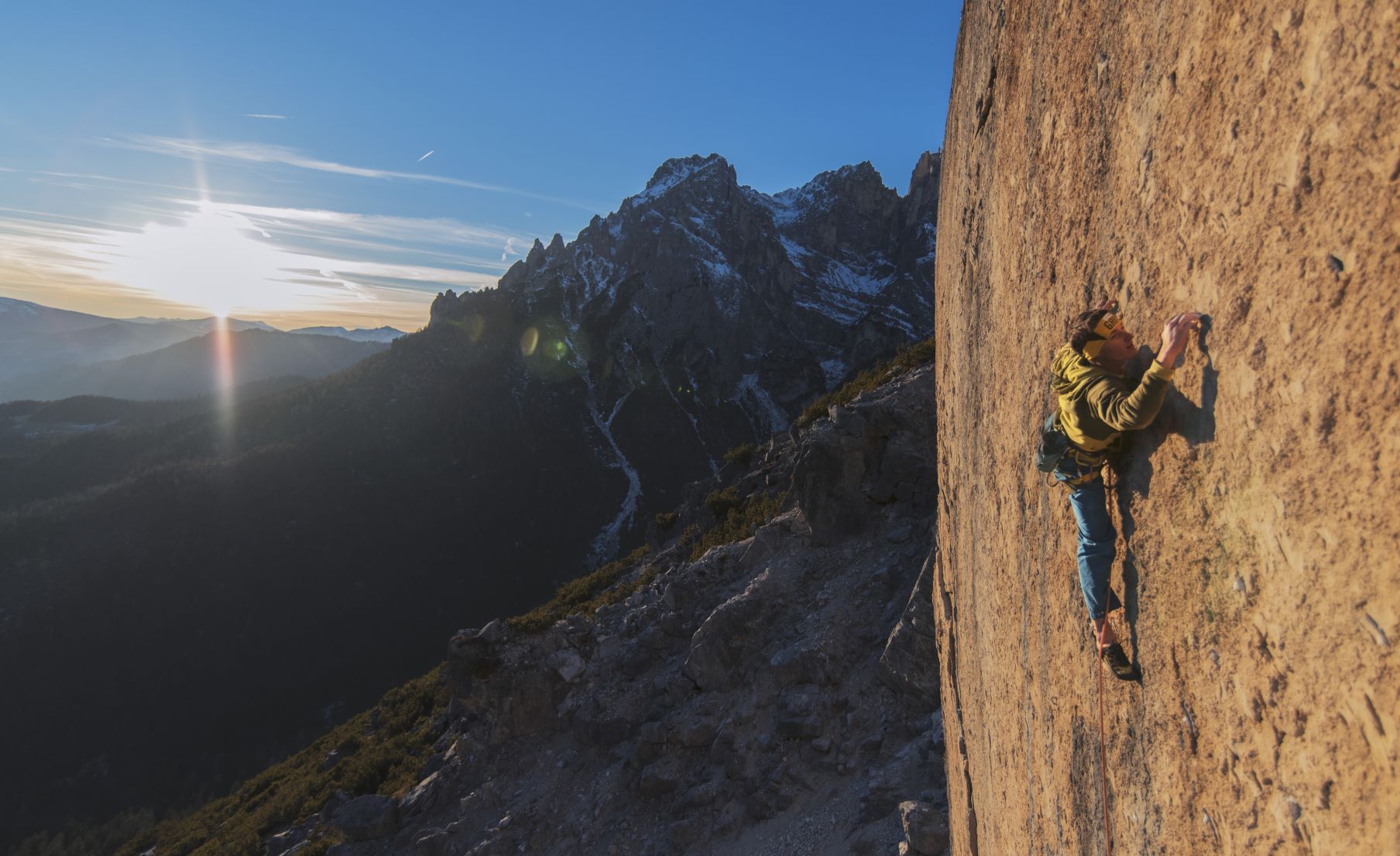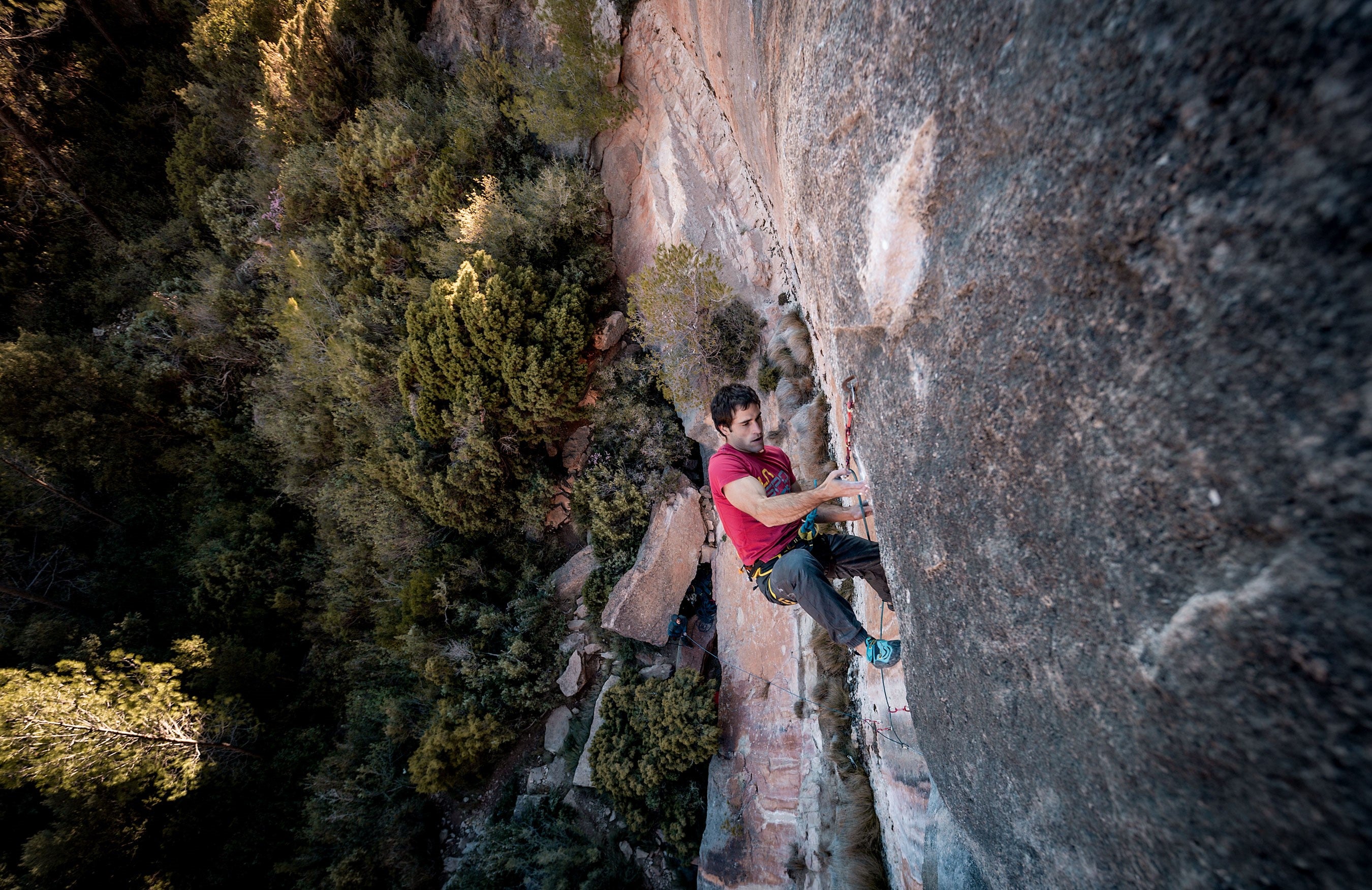
“The third life” by Thomas Bubendorfer
Published on 15/10/2019
March 7, 2017. ISTAR2, Padua, Italy
"I woke up in one of the still, nameless hours of the night when all of daylight’s hustle and noise has retreated to the innermost recesses of darkness like Genie to her bottle. The absolute quietness provided no indication of the hour. Of that first moment of being present again, aware of myself and the world, I remember realizing slightly astonished that I didn’t care what the time was - usually so important to me, time, especially when I woke at night - as if I was beyond such mundane things as clocks, as if issues much more important needed to be considered. I felt clearly that this was not the usual phase of the day which was going to end with a morning when life would resume its usual business. Certainly, no business as usual.
I lay motionless, corpselike, hands folded on my chest, in bottomless darkness. I could not remember its beginning. It felt like it would never end. It was lit only dimly by numerous flickering numbers and jagged white lines running horizontally on dark monitors without emitting a single tone. They moved from valleys to small peaks and down to valleys and back up to small peaks, ceaseless, restless, in a frenzy, as if afraid that should they ever stop they would never be able to start again. I didn’t understand their significance. Do they concern me?
The monitors were placed on both sides of my bed like mute sentinels watching over me impassively, absolutely indifferent whether I was awake or sleeping, living or dying. There were some more monitors on the other side of what must have been a very small room, connected to another person lying there like me, alone and inanimate in his or her own dark twilight, suspended between life and death as I am, not quite there yet (in death), not really here any longer (in life). Painless, fearless, in a state out of time, hope, fear, past or future".

These are the first three paragraphs of my first book in English. I have been working on it since before my accident on March 1, 2017, when abseiling in the Sottoguda canyon on the southside of Marmolada I made an unbelievable beginners mistake (I was tired without admitting it to myself. I had climbed and trained for climbing and giving speeches around the world and I worked on the book for too long with no rest).
Of the accident I have no memory. It turned out that I had not sufficiently pulled the rope through the ring in the chain of the lowest belay. When abseiling the end of the rope slipped through my hand a fall of about 12-14 meters followed. Unconscious, I drifted face-down in the shallow water of the Sottoguda-creek until my friend Günther Göberl pulled me out after what he guesses were at least 7 minutes.
Mountain rescue was perfect and fast, and I was flown to a hospital in Belluno, where by the evening my lungs had almost stopped to work and I was dying. The lungs collapsed since they were punctured by some ribs, all of which were broken. My liver and my spleen was ruptured, I had a hematoma on the head (abseiling without the helmet; I was so close to the ground…), and my left foot was severely crushed.
To my unbelievable luck, the doctors in Belluno called colleagues from nearby Padova who are specialized on lung trauma. In Padova, in the ISTAR2-intensive-care unit, they have a machine called ECMO which is used when patients have a lung-deficiency (they stick tubes into you on each side of the rib cage, take your blood, enrich it with oxygen in the ECMO, and pump it back in – Extra Corporeal Membrance Oxygenation). However, they had never used it yet without diluting the patients’ blood which in my case was not an option due to heavy internal bleeding (ruptured kidney, spleen, and bleeding lungs).
However, after a lengthy discussion dear doctors Anna Toniolo and Paolo Persona went to fetch me and thus saved my life. It did hang in the balance for some days even in Padova while I was in a coma. After three days they were sure I would live, but until I woke up the question remained whether my brain had suffered serious damage or not due to the lack of oxygen when I drifted face-down in the creek.
To all this, of course I knew nothing. Now, more than two years later, I still cannot fully comprehend the anguish those closest to me have suffered during these terrible days (terrible for them).
To cut short a long story, the good doctors at ISTAR2 expected me to stay with them until May. Their experience with patients who had a similar lung trauma was that recovery takes at least two years – if patients recover fully. However, my foot needed to be operated, which was only possible two weeks after the accident (I was too weak until then for an operation with full narcosis). A German professor, Dr.Thomas Freude, a specialist for the kind of rare fracture I had (talus bone and forefoot joint) was found and I was flown by helicopter to a hospital in Salzburg that Prof. Freude presides.
It was a beautiful spring day when we flew across the Alps. I was lying in a stretcher of course and watched snow covered mountains and a very, very blue sky reflected in the visor of the doctors’ helmet who was sitting next to me.
Two days later I was operated. Prof. Freude later told my wife that he would have given a 20-year-old a 50% chance that the foot would heal completely. Another two days later a strong, blond and attractive physical therapist suggested that I should sit up and maybe try to walk on crutches to the bathroom. This was 17 days after my fall. The bathroom was maybe four meters away, and in my memory they were maybe the longest and hardest distance I have ever had to cover in my life. When I was back in the bed, still sitting, I was in a pain such as I had never before experienced. It felt like somebody had shot me twice in the chest, with a shotgun leaving holes as big as a fist. Until then pain had not once been an issue because I had been on serious intravenously infused painkillers which had been preplaced by pills only the evening before, the pills of course a lot less powerful and without the benefits of morphine...
Anyway. We took it from there for the next three days. One step at the time, like when I am climbing. That step the only thing that counted. And then the next, and the next after that. Out onto the corridor the next day and slowly, slowly, I was dizzy, I felt very vulnerable and weak (I had lost 7 kilos of muscles) up halfway a flight of stairs and somehow back down. And the full set of stairs up one whole floor the day after that. And so on.
Upon my release from the hospital, they wanted to send me to some rehab clinic, but I declined. I wanted to go home, exercise and of course have massages and lymphatic drainages there. 24 days after the accident I walked out of the hospital on crutches, to the car, by myself. Some 20 minutes en route, I got very hungry and we stopped at a McDonalds. This was one very good burger I had there, believe you me!
I don’t know if you have ever had a broken or even a bruised rib. Let me tell you, this really hurts, and I have had all of my ribs broken (except the ones under the collar bones, but those were broken in turn). For some weeks, all hell broke loose in my chest when I tried to get out of a sitting position, or when I tried to turn in bed, our get out of bed, but the strange thing was, when I moved on crutches, it didn’t hurt at all. The other activity that didn’t hurt was training on the cranking machine (where I could sit), which I had found years ago was a very good strength-foundation for ice climbing.

From day to day I increased the amount of stairs I took, and six weeks after the accident I had my first test on the cranking machine at the Red Bull Training center near Salzburg, where I have done my sports testing for the past 17 years. Back in Monaco, in early May, I began to swim, which I love, in the sea, every day, soon way out to the farthest buoys, and mid-May Prof. Freude said I could put some 20-30% of bodyweight on the foot which meant that I could start getting on the stationary bicycle, besides ski touring my habitual way of endurance training (since 1988 I can’t run due to a 70-foot fall which left stiff my right forefoot joint). Finally, on June 7, I was rock climbing for the first time. However, it turned out that rock climbing wasn’t a smart thing to do because of the loss of muscles in the feet which caused excruciating pain in the ground joint of my right big toe (which had not at not been injured by the fall).
I thus concentrated until December on extensive low-intensity endurance training on both the stationary bicycle and the cranking machine. This kind of training below 2 mmol/l lactate reinforces cell structure and immune system, enhances recovery (from any kind of stress), trains the fat metabolism and the autonomous nervous system. This was the “secret” to my recovery, which still puzzles the good doctors in Padova and Salzburg.
On December 7, of course in my familiar Phantoms which give the feet a great support, my friend Hans Zlöbl and I went ice climbing for the first time, in the Gastein valley in Austria. The ice on “Yellow Submarine” (Wi -6) had not yet formed well, protection was scarce and not to be relied, circumstances one has yet to get used to that early in the season, but we climbed alternating the lead, and all was well, if not yet 100% my body, at least my spirit and morale.

In February, 11 months had passed since the accident, I was on one of my long low-intensity ski touring sessions at the south side of Grossglockner, 3.998 m, Austria’s highest mountains. I had climbed the mountain in winter only once before and, when getting a good look at its hardest route, Südwand Wächter, M6 (one pitch), I wondered which certainly very technical route went up left to it, (and right to the often-climbed Stüdlgrat, a classic and scenic ridge first ascended in the 19th century). I took pictures and sent them to Hans. Hans would know. He guides on Grossglockner in summer, but Hans said, to my incredulity, that there existed no route between the Stüdlgrat and the Südwand Wächter!

To cut another long story short: after several attempts (bad weather, too much snow, avalanches, good, but stormy and too cold weather, too warm wether, etc.), Hans Zlöbl, my friend Max Sparber and I opened up in Grossglockner’s south face, in March, one year after my Sottoguda-fall, a truly challenging 9-pitch route (M6- to the crutch-pitch M8, Wi6) which we called “The Third Life”. Yet to be repeated.
Article and pictures by Thomas Bubendorfer, September 2019.


